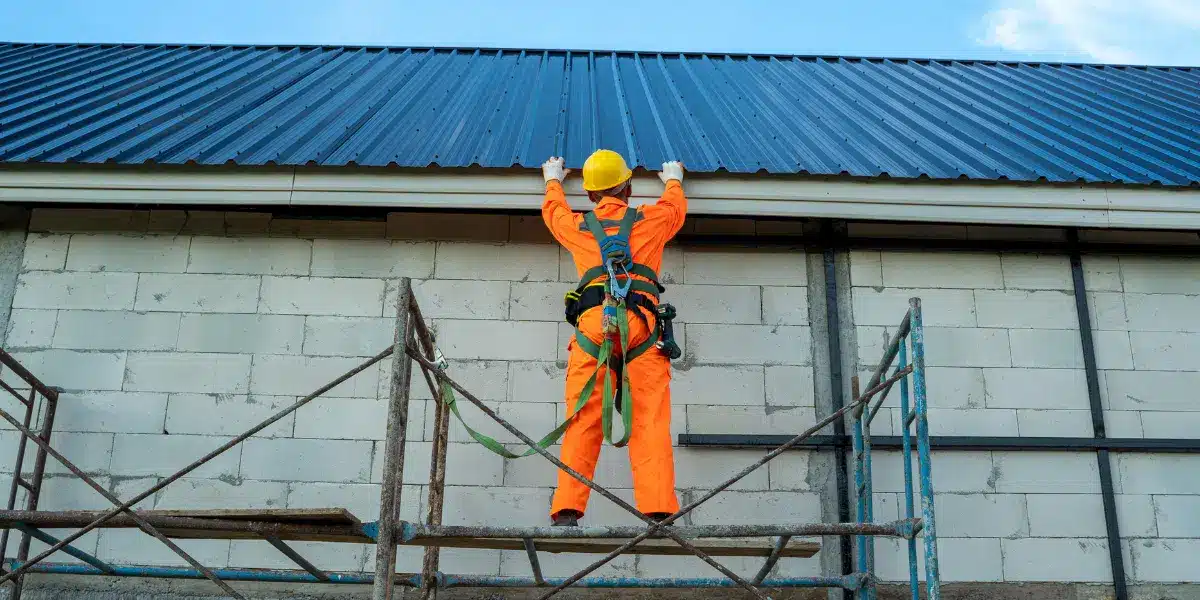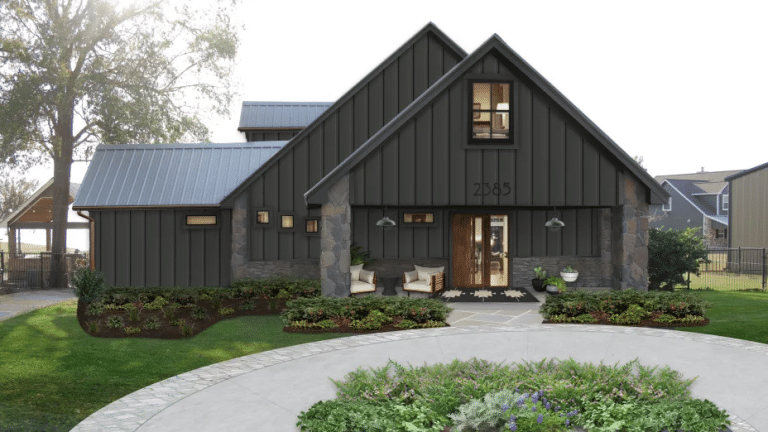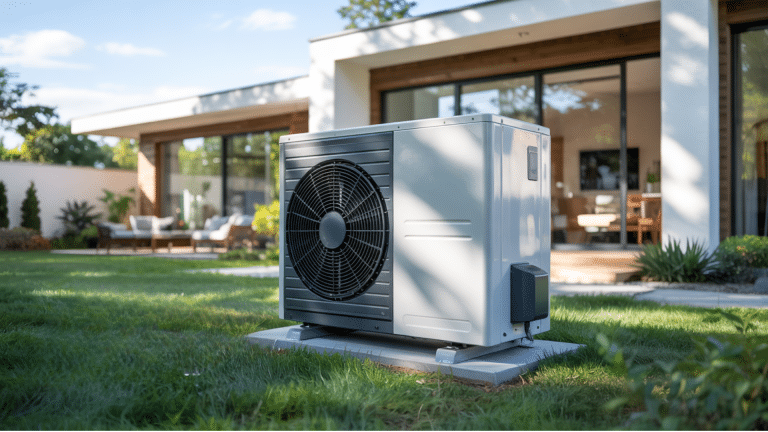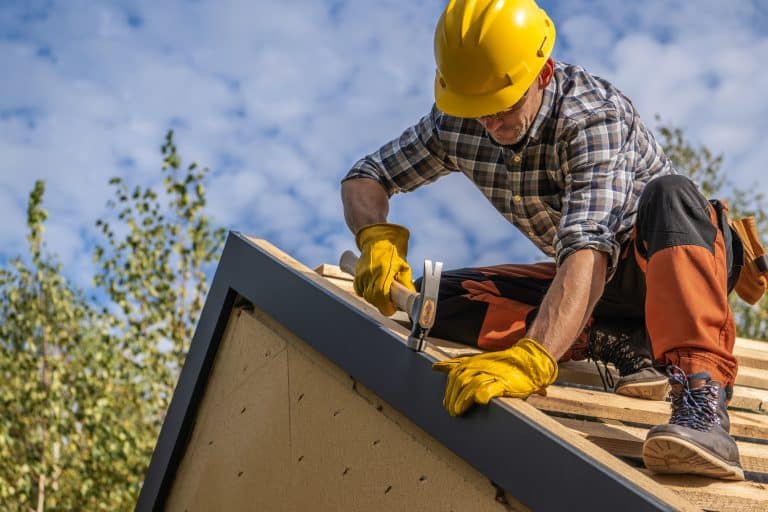Essential Safety Equipment for Working at Heights on Construction Sites
Australian height safety standards demand fall protection gear for anyone who works 2 metres or higher above ground. This rule applies to every construction project manager across the country. Safety regulations are non-negotiable.
Your team needs proper safety systems when they work within 2 metres of a roof edge or any fall hazard. Construction work becomes high-risk when there’s a chance of falling from two metres or more, as highlighted in state working at heights codes and similar guidelines nationwide. Breaking these rules comes with harsh penalties – fines start at $250,000. Project managers could face jail time if poor safety practises lead to serious injuries or deaths.
This piece gives you the knowledge about height requirements for fall protection in Australia and safety gear your team needs. You’ll learn about height safety regulations, required equipment, and proper setup guidelines. Our goal is to help your construction site stay compliant with all safety requirements.
Understanding Legal Requirements and Standards
Australia’s height safety laws are the foundations of the Work Health and Safety Act 2011 (WHS Act). The law makes businesses (PCBUs) responsible to protect their workers from health and safety risks that come from business activities.
The model WHS Regulations require businesses to manage fall risks by doing work on the ground or solid structures whenever possible. When that’s not an option, they need to follow a systematic risk management approach. For elevated work requiring specialised access, equipment such as crane lifting cages must meet strict Australian safety standards to ensure worker protection during lifting operations.
The WHS Act labels any construction work with a fall risk above 2 metres as “high risk construction work”. So teams must prepare a Safe Work Method Statement (SWMS) before starting such work. This document lists the hazards, evaluates risks, and details the control measures needed.
Australian regulations spell out a strict control hierarchy that businesses must follow to manage fall risks:
- Eliminate the risk by conducting work on the ground or solid construction
- Minimise risk through fall prevention devices (barriers, scaffolding, edge protection)
- Use work positioning systems (industrial rope access) if prevention isn’t practicable
- Implement fall arrest systems (safety nets, catch platforms) as a last resort
This hierarchy is mandatory in all Australian jurisdictions. More details about these requirements appear in the Managing the Risk of Falls at Workplace Code of Practise, which helps businesses comply.
Breaking these rules has serious consequences. Companies that violate height safety regulations face fines starting at $380,000. Serious cases that lead to worker injury or death could result in jail time.
These height safety standards apply to construction operations nationwide, making compliance a must rather than a choice.
Essential Safety Equipment for Working at Heights
Height safety depends on reliable fall protection equipment. Workers need the right safety systems that match their work environment. This helps protect them and meets all compliance requirements.
Fall arrest systems play a vital role by stopping workers during falls and reducing the force of impact on their bodies. These systems need three key parts: strong anchor points that can hold heavy weights, full-body harnesses that spread fall forces across the body, and connecting devices like shock-absorbing lanyards.
Fall restraint systems are better than fall arrest systems because they stop workers from reaching dangerous edges. These systems rank higher in safety measures. They use fixed-length lanyards attached to certified anchor points that keep workers away from fall risks.
Safety nets and catch platforms work well to protect multiple workers at once. Australian standards recognise safety nets as the best way to arrest falls when working up high. Guardrails and handrails protect workers on elevated walkways and platforms. AS1657:2018 requires guardrails on any exposed side with a step-down greater than 300mm.
Static line systems let workers move freely along roof edges while staying connected. These permanent setups use stainless steel cables stretched between anchor points. Workers can move continuously using shuttles without disconnecting at different points.
Industrial rope access systems use two ropes for specialised access. Each rope connects to separate anchor points – one as the main working line and another as a backup. Workers need extensive training for this method, but it gives them great mobility in hard-to-reach spots.
Safety equipment needs regular checks. Workers should check personal fall arrest systems before each use. Weekly inspections are needed for collective systems. Any damaged parts need immediate replacement to keep the system safe.
Installation, Inspection and Compliance
Height safety compliance on construction sites depends on proper installation and regular inspection as its life-blood. Qualified technicians must professionally install all components to function correctly and follow rigorous industry standards and best practises. Companies should only involve accredited installers who belong to the Working at Height Association. This will guarantee system integrity.
Australian Standards require periodic inspections of all height safety equipment. Qualified height safety equipment inspectors must check personal protective equipment like harnesses and lanyards every six months. Annual inspections are needed for anchor points, while static line systems need checking at 12-month intervals. Equipment in harsh environments might need checks every three months.
Documentation plays a significant role to prove compliance. Businesses should receive complete documentation after installation. This includes certificates of compliance, as-built drawings, certification reports, and user manuals. Records of detailed inspections must be managed to keep track of defects or repairs.
Businesses that fail to meet inspection requirements face serious liability issues. Officers could face jail time and companies might receive substantial fines. Individual reckless endangerment can lead to penalties up to $920,000 plus five years imprisonment. Companies might face fines that exceed $4.6 million for severe breaches.
Workers should check all safety equipment visually before each use, beyond scheduled inspections. This helps catch potential issues early and ensures equipment stays fit for purpose. Most webbing or rope components last a maximum of 10 years. After this period, they must be removed from service permanently.
Height safety audits serve as another valuable compliance tool. These complete assessments look at current work methods, equipment condition, rescue plans, and worker qualifications. Reports include detailed recommendations to fix identified gaps. This helps businesses meet their obligations under current WHS legislation.
Conclusion
Construction sites face major risks from working at heights, but proper equipment and following regulations can help manage these dangers effectively. This piece explores the complete legal framework for height safety in Australia. The 2-metre threshold marks high-risk construction work.
Without doubt, breaking these rules means more than just penalties – it can lead to serious injuries or deaths. PCBUs must put their legal duties first by using the required control measures. The first step is to remove risks wherever possible.
When work at heights cannot be avoided, safety equipment becomes the final defence. Different situations need fall arrest systems, restraint mechanisms, guardrails, safety nets, static lines, and rope access solutions. Notwithstanding that, even the best equipment needs qualified professionals to install it and check it regularly to work.
On top of that, it takes thorough documentation to show compliance with Australian standards. Companies must keep certificates, inspection records and do timely audits of height safety systems.
Height safety should be a core part of construction operations, not just a box to tick for regulations. These standards protect human lives. Therefore, money spent on quality equipment, professional installation and regular maintenance protects both workers and companies from devastating outcomes.
Note that height safety needs constant alertness. Regular training, equipment checks and system updates keep your workplace compliant with changing standards and encourage a real safety culture beyond the basics.







